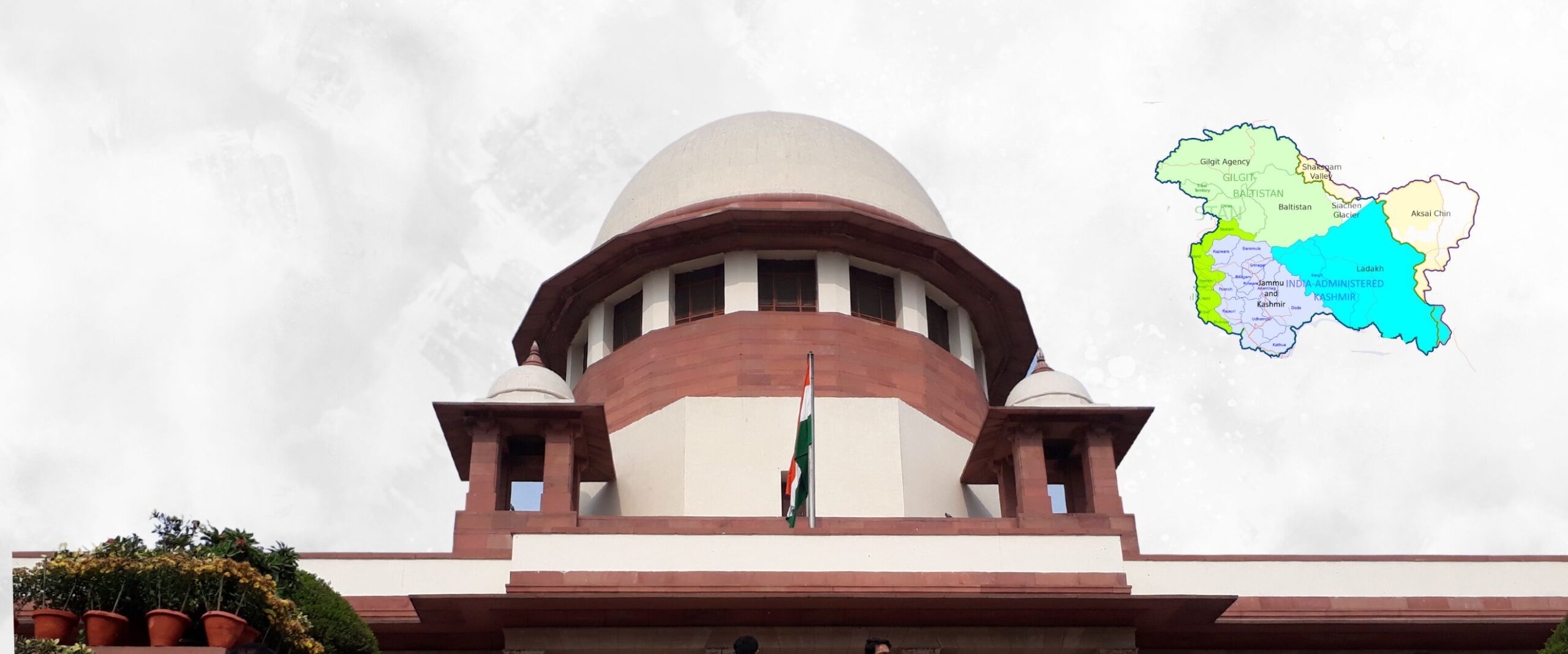
11 ADMINISTRATIVE REFORMS
Hota Committee Report :- under the chairmanship of P.C. Hota (former UPSC chairman) recommends:
Restorations of the original age limit 21-24 years for competing for civil services.
Comprehensive performance appraisal of officials after completing 15 years of service.
The information commissioner will publish an annual report on the implementation of the Act. The annual reports will be tabled before Parliament/state legislatures.
Under the RTI Bill 2005, the information commission shall at the time of disposing an appeal, find an official Rs. 250 per day (subject to a maximum of Rs. 25000) if information is delayed without reasonable cause beyond the stipulated 30 days.
A stringent new section on penalties provides for varying penalties or fines for malafide refusal to give information, destroying information or knowingly giving out wrong information to an RTI applicant.
Government bodies have to publish details of staff payments and budgets.
Like the earlier law, while information on 10 intelligence and security organisations (such as the intelligence Bureau, RAW, BSF, CISF, NSG) will not come under the Act's purview, information pertaining to violation of human rights and allegations of corruption by these organisations will not be excluded.
Key Points
Mission Karmayogi:
This is a National Programme for Civil Services Capacity Building (NPCSCB). It is a comprehensive reform of the capacity building apparatus at individual, institutional and process levels for efficient public service delivery.
It is aimed at building a future-ready civil service with the right attitude, skills and knowledge, aligned to the vision of New India.
The capacity building will be delivered through iGOT-Karmayogi digital platform, with content drawn from global best practices.
Lateral Entry:
Lateral entry means when personnel from the private sector are selected to an administrative post of the government despite them not being selected in or being part of a bureaucratic setup.
This is significant because contemporary times require highly skilled and motivated individuals at the helm of administrative affairs, without which public service delivery mechanisms do not work smoothly.
Lateral Entry helps in bringing the values of economy, efficiency, and effectiveness in the Government sector. It will help in building a culture of performance within the Government sector.
e-Samiksha:
A real time online system for monitoring and follow up action on the decisions taken by the Government at the Apex level in respect of implementation of important Government programmes/projects.
It is a digital monitor for bureaucracy to rein in slackers.
Also, the government has been taking an intensive review for weeding out inefficient and Officers of doubtful integrity by premature retirement.
Citizen Charters:
Government has mandated Citizen Charters for all Ministries/Departments which are updated and reviewed on a regular basis.
It is a written document that spells out the service provider’s efforts taken to focus on their commitment towards fulfilling the needs of the citizens/customers.
Good Governance Index 2019:
It assesses the Status of Governance and impact of various interventions taken up by the State Government and Union Territories (UTs).
The objectives of GGI are to provide quantifiable data to compare the state of governance in all States and UTs, enable States and UTs to formulate and implement suitable strategies for improving governance and shift to result oriented approaches and administration.
It has been launched by the Ministry of Personnel, Public Grievances & Pensions.
National Conference on e-Governance:
It provides a platform for the government to engage with experts, intellectuals from industry and academic institutions to exchange experiences relating to e-Governance initiatives.
